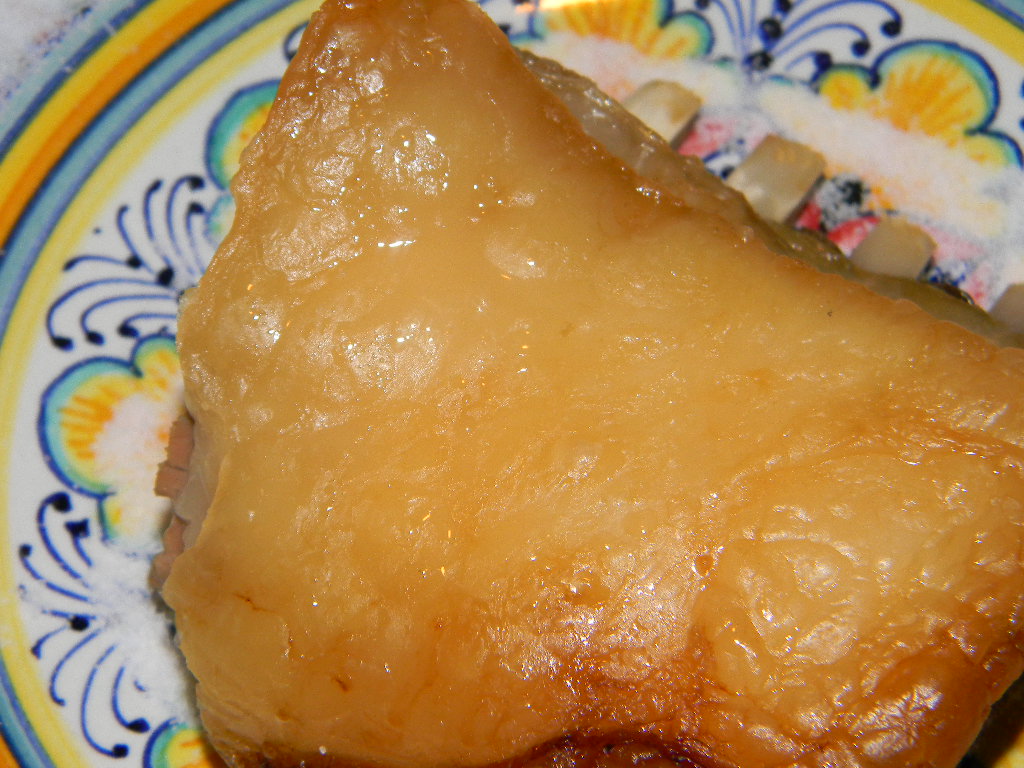Zero Carb Keto
Cooking to Retain Fats
I normally eat lamb and mutton, because most lamb and mutton cuts fall naturally within a ketogenic ratio without any added fats needed. (I do this because beef is generally too lean and needs added fats, and whereas most people add butter, I do not do well with dairy at all.)
However, my latest two lamb shares are unfortunately on the lean side. I especially notice because I get toe cramps when eating too-lean meats and fish. I have been getting toe cramps almost every single night since receiving these latest two lamb shares!
I am trying to figure out ways to cook the cuts to preserve as much fat as possible. For example, for ground lamb, I previously made meatballs or cooked it in a big loaf in the slow-cooker. But there is some significant fat loss with those methods. So today I am experimenting!
This morning I decided to try making a rillette with the ground lamb. I lightly cooked the ground lamb in a saucepan with its own juices and fat, and then refrigerated it altogether in a glass container, pushing it down a bit so the meat would be fully submerged with the juices and fat.
I also had some thawed-out lamb steaks, which are really really lean. Normally I have been lightly cooking steaks on a tray in the toaster oven. I did that again today, but this time I reserved the juices and poured them into the container along with the leftovers. I am thinking when I reheat them, I will cut them into thin slices and lightly heat them with their juices, like a soup. Hopefully that will work better! Edited to add: unfortunately, there is just really no fat on these lamb steaks at all, even in the reserved juices. I think my next experiment will be to slice them up and cook them along with ground lamb (or something more fatty) at the same time, rillette-style.
For roasts and ribs and larger cuts, although I love cooking large items in the slow cooker, there are always juices and fats left in the pot. I always reserve and refrigerate those liquids, but the leftover liquids are not as palatable as finding way to cook so that the meats actually just retain all of their juices and fat.
So my current experiment is to use more of a confit / rillette type of cooking for all cuts, in which one cooks the meats in their own juices and fats, then reserves all of it in a container. Here are some explanations of a confit:
https://www.seriouseats.com/2013/01/ask-the-food-lab-what-the-heck-is-confit.html
http://www.scienceofcooking.com/confit_cooking.htm
Here's a picture of what confit looks like stored in a jar:
https://www.guntons.co.uk/acatalog/Duck-Confit-308.html
The leftovers can be served room temperature in slices / pieces, or reheated.
A rillette is basically the same idea, except the bones are removed and the meat is shredded instead of whole, then still stored with the fat:
https://memoriediangelina.com/2010/09/12/rillettes-de-porc/
https://www.thepauperedchef.com/article/pork-rillettes
I could also try still cooking large items in the slow-cooker, but instead of reserving the juices and fat separately, store them altogether like a rillette.
Rillettes work better for me than confits, because without the bones, I can measure out my servings much more easily.
Shortly I should be receiving two more lamb shares from another farmer, and his lamb is usually much more fatty. So that's good!
Another option is a local grassfed beef farmer that has truly amazingly fatty delicious beef. The problem is that he does not deliver, so I have to go his farm, which is an hour and twenty minute drive from here. That has been a stumbling block. Plus his beef actually tends to be just a little more expensive than the whole lamb shares per pound.
Another item I have been considering is mangalitsa pork. I heard about it when reading about the Paleomedicina Clinic in Hungary. They are using that as their primary food in treating their patients, following a simple carnivore ketogenic diet.
Although most pork breeds have a high omega 6 : 3 ratio and seem to really increase my triglyceride levels, mangalitsa pork has a different fat structure. Its omega ratio is similar to that of beef and lamb, around 3 : 1! So that is promising. Here are some articles I found on the fat content of mangalitsa pork:
However, sheep (and cattle) are still more beneficial to topsoil than pigs. So I would still primarily eat lamb and mutton, with the mangalitsa pork as a special treat throughout the week. I found one mangalitsa producer in the midwest USA, and I am trying to get an order placed. I will report back if I am able to procure some!

Comments
Post a Comment